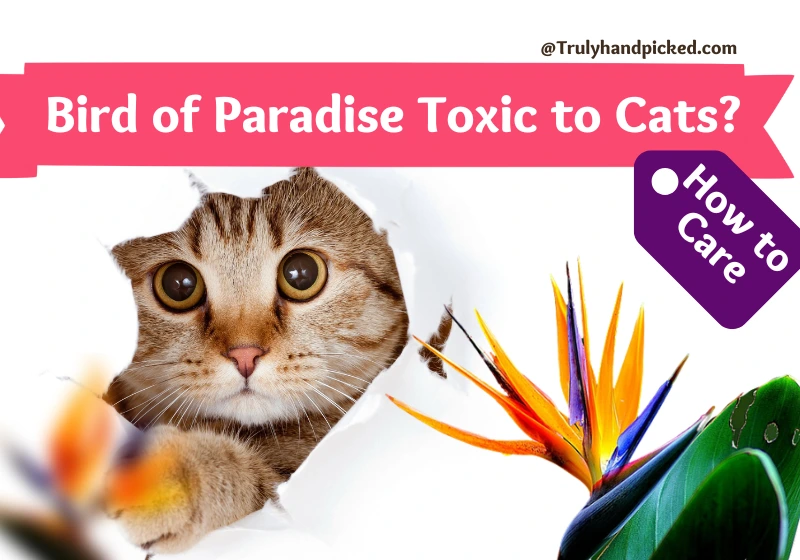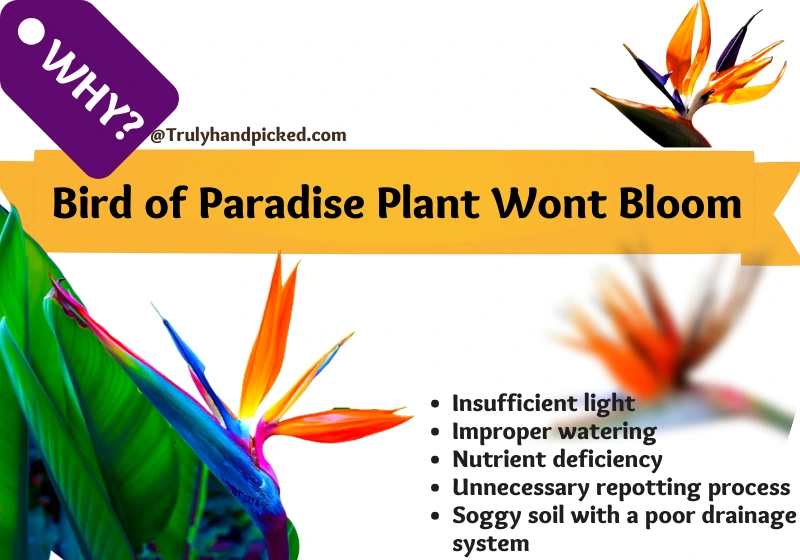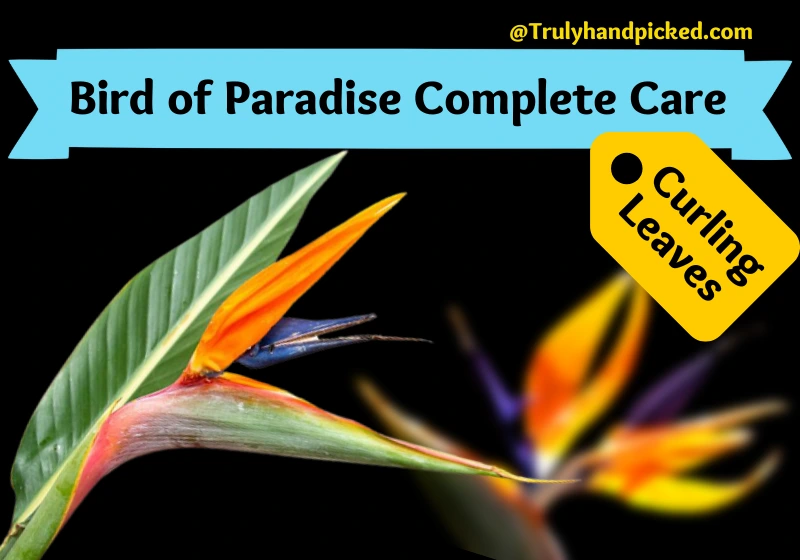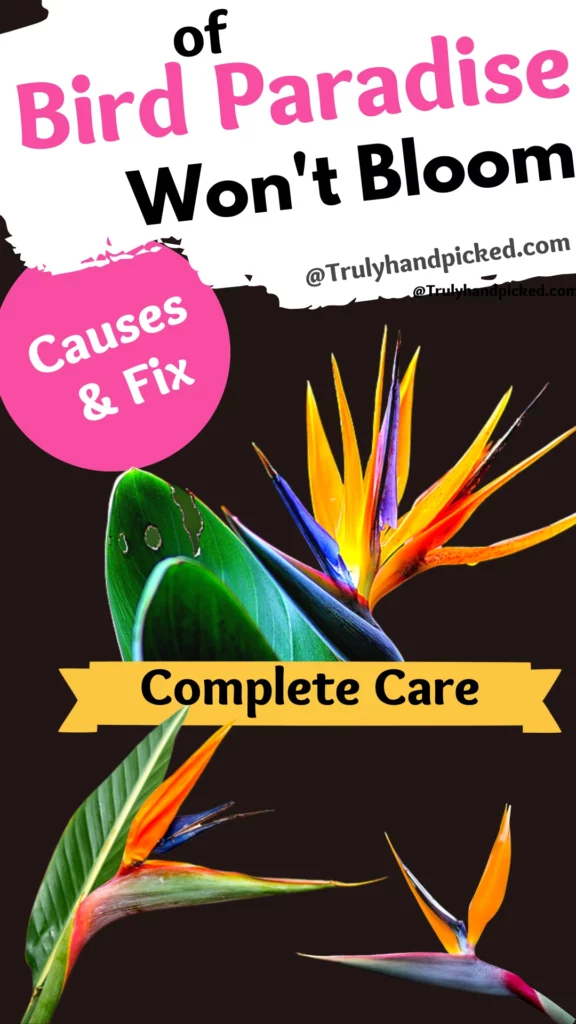Are Bird of Paradise Toxic to Cats?
Strelitzia aka bird of paradise is a gorgeous flowering plant. Despite its amazing bird-like flowers, several gardeners avoid bringing or cultivating this plant at home due to its toxicity. Unfortunately, the bird of paradise is completely poisonous to house pets including cats and dogs.
Why is it Toxic to Cats?
The entire plant contains mild to heavy toxic elements, which makes this one a poisonous plant to cats. However, the seeds and flowers of this plant are more toxic comparatively other parts.
The sensitive segments of the bird of paradise contain two fetal components- hydrocyanic acid and tannins including GI irritants. These properties immediately initiate allergic reactions in your cats, once they ingest this.
Allergic Reactions of This Plant:
- Intense burning
- Oral irritation
- Drooling
- Diarrhea
- Vomiting
- Poor coordination
- Nausea
- Drowsiness
- Swallowing problems
- And sometimes, even death
How to Deal with It:
- Give your cat treatment immediately, once you find that it ingests some parts from the plant
- Take your cat to the nearest veterinarian hospital as soon as you can
- Keep your bird of paradise plant far away from the reach of your plant
- Give your cat enough distraction options to divert its mind smartly
- And encourage your cat to vomit as soon as you realize, it gulps seeds or flowers from your bird of paradise plant.
Bird of Paradise Does not Bloom?
Bird of paradise includes 5 beautiful flowering plant species of strelitzia. This plant can make a wonderful choice for a houseplant due to its quick adaptability. A bird of paradise plant mostly gets appreciation for its unique, bird-like flowers.
A flower of a bird of paradise plant starts with blue-base petals, initiating from a dark-green spathe. The flower is then topped with a vertical fan of vivacious orange sepals.
It is superfluous to say how beautiful a plant can resemble when such stunning blossoms would bloom on a healthy plant of a bird of paradise. But, sometimes, your houseplant may face the difficulty of not-blooming.
Let’s validate what could be the reasons and how to deal with them-
Reasons:
- Insufficient light like lack of direct sunlight
- Improper watering like more frequent watering or less watering than its requirements
- Inadequate fertilization leads to nutrient deficiency
- Sudden shakes due to unnecessary repotting process
- Soggy soil with a poor drainage system
Solutions:
- Place your bird of paradise planter in a sunny spot
- Make sure that your plant can grab 5-6 hours of full sunlight directly
- Always sow your plant in a moderately wide planter with enough pot bound
- This will save you from frequent repotting sessions
- Use a potting mix with a great drainage quality
- Water the soil once a week and let the soil dry between watering
- Feed your plant with a water-soluble fertilizer once a month,
- Try the fertilization during the growing seasons steadily
- And prune the dead shoots or unhealthy parts consistently to encourage blooming naturally.
Why Bird of Paradise Leaves Curling?
Besides the exclusive bird-like blossoms, the bird of paradise plant is also famous for its deep green banana-like foliage. The big waxy leaves resemble outstanding while displayed on a fully grown plant.
But this glance gets highly interrupted when the smooth edges of these leaves turn curly. Here are some common reasons for this problem with some possible solution ideas-
Causes:
- Imperfect watering
- Intolerable humidity
- Using impure water
- Temperature fluctuation
- Inadequate light
- Use of unsuitable soil
- And unsolved pests as well as diseases
How to Solve the Issue:
- Try to keep the soil evenly moist with a consistent watering schedule
- Keep the humidity level high on the spot, where you placed the planter
- Apply distilled water instead of normal tap water, which is high in chemical contents
- Keep this tropical plant in a moderately warm climate between 65° to 85° F
- This plant prefers bright light under direct sunlight for at least 5-6 hours per day
- Sow your plant in a rich and well-drained soil with slightly acidic quality
- And treat any kind of pest, bug, fungal or bacterial disease issue immediately, once you detect them on your plant.
Bird of Paradise Plant Care:
Taking care of a bird of paradise plant is not a very difficult task to do. You need to provide some basic growing requirements like any other common ornamental houseplants-
- Soil: plant it in sandy loamy type soil with well-drained quality and a slightly acidic pH level. Try to prepare the planting medium with perlite and lava rock mix for the best result.
- Water: This plant is moderately thirsty. Try to water it once every 7-10 days to keep the soil evenly moist. Let the soil a bit dry between watering
- Sunlight: Place your planter under bright sunlight. A bird of paradise plant can tolerate full sun to sun with partial shade. You should provide the plant with 6-8 hours of bright sunlight regularly
- Climate: the place should have high humidity where you place your planter. Maintain the temperature between 20-30 degrees C consistently to give the growing bird of paradise plant the best thriving condition
- Prune: Trim off the over bushy shoots and discolored parts from your plant, once you detect them clearly
Pests and bugs: treat any type of pest and bug with natural remedies like rubbing alcohol, neem oil, soapy water, etc. in back-to-back actions, until you get rid of them entirely.
How to Propagate Bird of Paradise?
Despite its big texture, the bird of paradise is quite easy to propagate at home following some simple steps, like any other normal houseplants. Let’s check how to do the job with these two typical methods-
Propagation Through Division:
- Wait till your plant reaches the repotting period, to apply this process
- Take the entire plant out of the planter and clear the root bound carefully
- Make sure you clean the extra soil grasp from the rots first
- Now, divide the divisions with a fan attached to each part
- Prepare planter with strong and rich planting medium
- Then, sow each division in a planter individually
- Try not to water the newly potted divisions in the first place
- Keep the planter in a sunny spot and water it after 2-3 days of the plantation ten.
Propagation Through Cutting:
- Cut out a piece of rhizome with the help of a sharp disinfect cuter out of the parent plant
- Do this process during the early spring to keep the parent plant unaffected
- Sprinkle a bit of powdered rooting hormone on the end of the cutting
- Now, bring a planter with rich planting soil and a good drainage system
- Plant the cutting carefully into the soil and water with a sprayer thoroughly
- Place your planter in a warm sunny spot with a high humid climate and let it thrive naturally.



